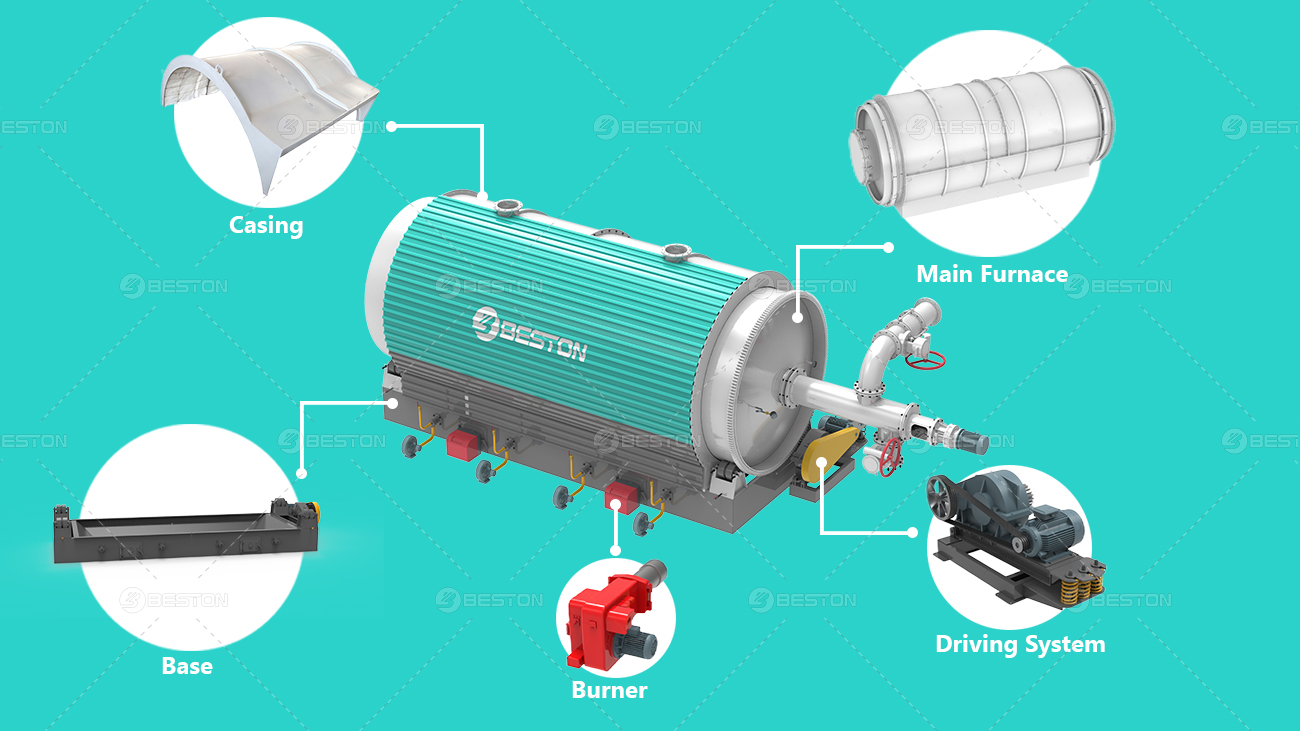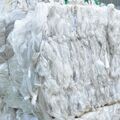The batch pyrolysis machine plays a pivotal role in waste-to-energy systems, offering an efficient means to thermally decompose materials such as rubber, plastic, and biomass. For investors and operators in the waste processing sector, understanding the cost structure of such a unit is essential for financial forecasting and long-term profitability. The following is a detailed examination of the capital and operational costs associated with a batch pyrolysis machine.
Initial Capital Expenditure
The foremost financial consideration in acquiring a small pyrolysis machine is the upfront capital investment. This includes the purchase of the equipment, as well as ancillary components required for full system functionality.
1. Machine Acquisition Cost
The primary expense is the pyrolysis reactor itself. Pricing depends on factors such as material construction (carbon steel vs. stainless steel), processing capacity, automation level, and the inclusion of energy recovery systems. For a medium-capacity plant (approximately 10 tons per batch), the machine cost typically ranges from USD 30,000 to USD 80,000.
2. Installation and Commissioning
Installation encompasses equipment assembly, calibration, and testing. Depending on site conditions and labor costs, installation expenses usually add 10–20% of the equipment value. Commissioning, which involves trial runs and operator training, is often bundled into supplier contracts.
3. Infrastructure Development
A batch pyrolysis unit requires a foundational layout with heat-resistant flooring, ventilation systems, and safety infrastructure. Construction and civil engineering costs are location-specific but generally represent 15–25% of the initial outlay.

Operating Expenditures
Once the machine is operational, the pyrolysis plant cost shift to ongoing expenses, which must be managed to ensure the viability of the operation.
1. Feedstock Procurement
Input material—such as scrap tires, plastic waste, or agricultural biomass—is a continuous cost component. The price varies depending on geographical region, waste type, and sourcing agreements. For many operators, securing municipal or industrial waste at low cost or even negative cost (tipping fees) is key to profitability.
2. Fuel and Energy Consumption
Batch pyrolysis requires external heating, usually via natural gas, diesel, or syngas generated from previous cycles. Fuel cost is influenced by local energy prices and the machine’s insulation quality. Heat recovery systems can significantly reduce fuel requirements by recycling pyrolysis gas, thus lowering overall energy consumption.
Electricity is needed for motors, condensers, and control systems. Power usage is moderate but consistent, and efficiency can be improved with variable frequency drives and automated control panels.
3. Labor Costs
Unlike continuous pyrolysis systems, batch units necessitate manual intervention for feeding, monitoring, and residue removal. A single operational cycle typically requires a team of 3–5 workers. Labor costs are contingent on local wage standards and the level of automation integrated into the process.
4. Maintenance and Wear
Routine maintenance includes reactor cleaning, seal inspections, and component replacement. Over time, heat stress and chemical exposure degrade components such as refractory linings and piping. Annual maintenance costs typically represent 3–5% of the initial investment, depending on usage frequency and preventive maintenance routines.
5. Environmental Compliance and Safety
To meet environmental regulations, operators may be required to install emissions control units, such as scrubbers and flare systems. Regular emissions testing and waste disposal fees also contribute to operational expenses. Insurance premiums, safety training, and protective equipment are additional necessities.
Depreciation and Amortization
The batch pyrolysis machine is a depreciable asset. Using straight-line depreciation over a ten-year life cycle, the equipment cost can be amortized for accounting purposes. This reduces taxable income and reflects the long-term capital cost in financial projections.
Profitability Considerations
While batch pyrolysis machines have higher per-unit labor and energy costs compared to continuous systems, they offer greater flexibility for small-scale operations and intermittent production schedules. Their lower initial investment makes them accessible to emerging markets and decentralized waste processing initiatives.
Revenue streams come from the sale of pyrolysis oil, carbon black, and scrap metal. The economic success of a batch pyrolysis setup is contingent on maximizing yield efficiency and securing low-cost or paid feedstock sources. Strategic integration with local industries (e.g., cement kilns for carbon black, fuel refiners for oil) enhances market stability and return on investment.





